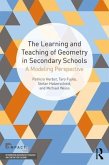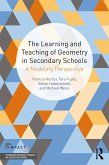
eBook, ePUB
16. März 2017
Taylor & Francis eBooks
eBook, PDF
16. März 2017
Taylor & Francis eBooks
Ähnliche Artikel
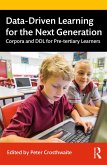
eBook, ePUB
21. Oktober 2019
Taylor & Francis eBooks

eBook, ePUB
4. September 2019
Taylor & Francis eBooks
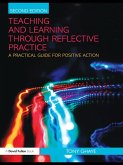
eBook, ePUB
9. Dezember 2010
Taylor & Francis eBooks

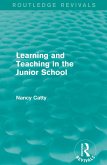
eBook, ePUB
29. September 2017
Taylor & Francis eBooks
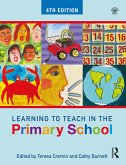
eBook, ePUB
14. März 2018
Taylor & Francis eBooks
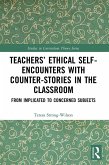
eBook, ePUB
21. April 2021
Taylor & Francis eBooks
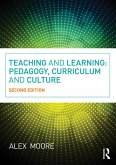

eBook, ePUB
10. November 2016
Taylor & Francis eBooks
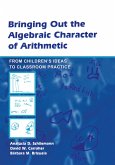
eBook, ePUB
29. August 2006
Taylor & Francis eBooks
Ähnlichkeitssuche: Fact®Finder von OMIKRON

